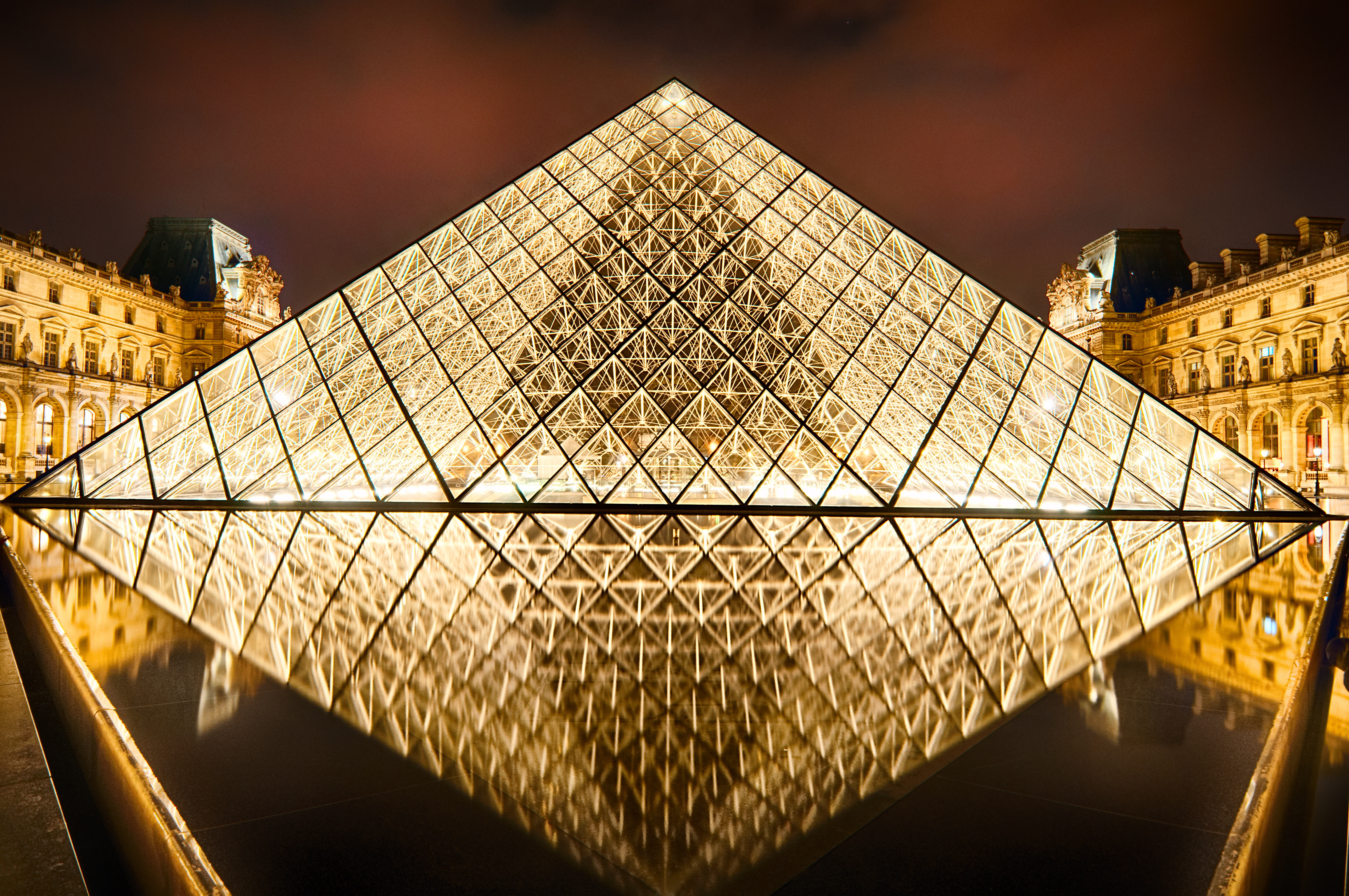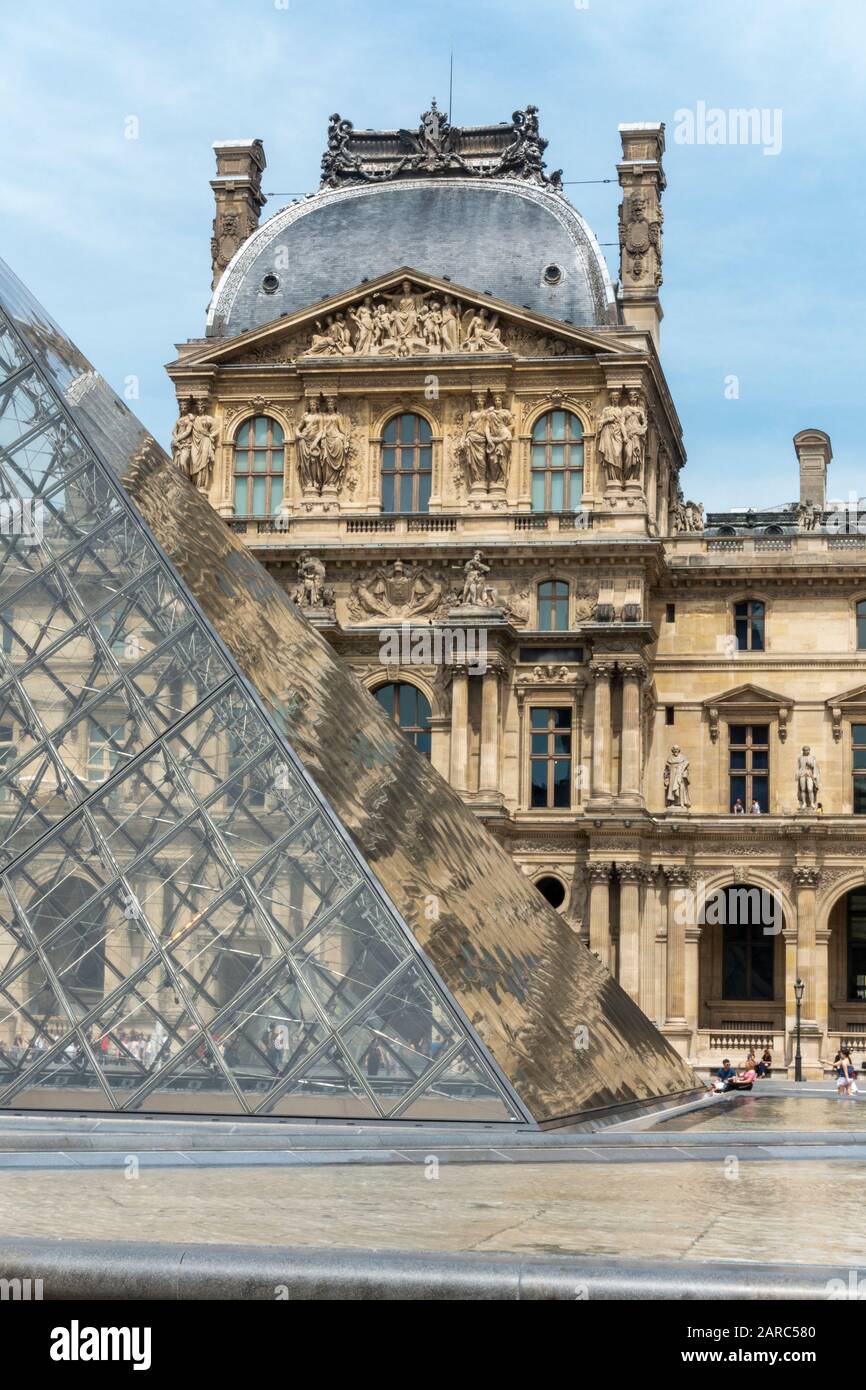Reference




OpenAI's Answer
The Louvre Pyramid, designed by architect I. M. Pei, is a significant architectural feat located in the Cour Napoléon of the Louvre Palace in Paris. Completed in 1989, the pyramid serves as a modern entrance to the Louvre Museum. It was conceived as part of the Grand Louvre project that aimed to modernize and expand the museum's facilities.
The pyramid itself is a striking glass and metal structure, combining modern elegance with the historical grandeur of the Louvre. It consists of 673 glass panels and stands at a height of 21.6 meters. The design allows for natural light to flow into the underground visitors' hall, enhancing the museum experience by creating a bright and welcoming entrance space.
This iconic structure symbolizes a dialogue between different eras of architectural styles, merging the historical with the contemporary. The pyramid has become a defining symbol of the Louvre Museum itself, representing innovation in museum design and cultural dialogue source.
Here are some images that capture the essence of the Louvre Pyramid:
Follow Up
Related
Which part of the Louvre features the rampe en fer à cheval in the cour des Écuries?
What are the names of the octagonal gardens at the Cour Napoléon?
comment definir un groupe de pays en mesure de s'allier pour contester la suprématie du dollar améri
Where can Rouillard's wild animals be found in the Nouveau Louvre?